CANADIAN RAILROAD
Canadian National Railway moves over C$250 billion in goods annually across a 20,000-mile network, linking three North American coasts and serving as Canada’s largest railroad by revenue and track length. In January 2025, CN expanded its reach by acquiring the Iowa Northern Railway, further strengthening its U.S. Midwest presence.
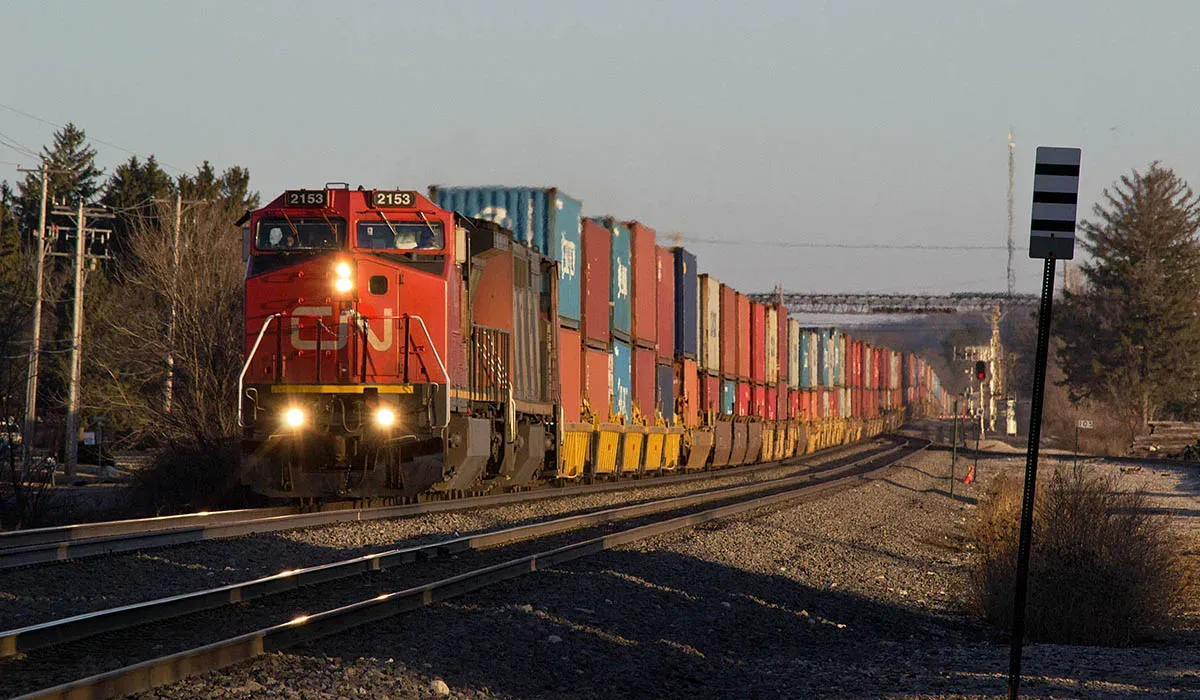

Canadian National (CN) operates one of North America's most extensive freight rail networks, connecting businesses across eight Canadian provinces and sixteen U.S. states with safe, efficient, and environmentally responsible transportation solutions.
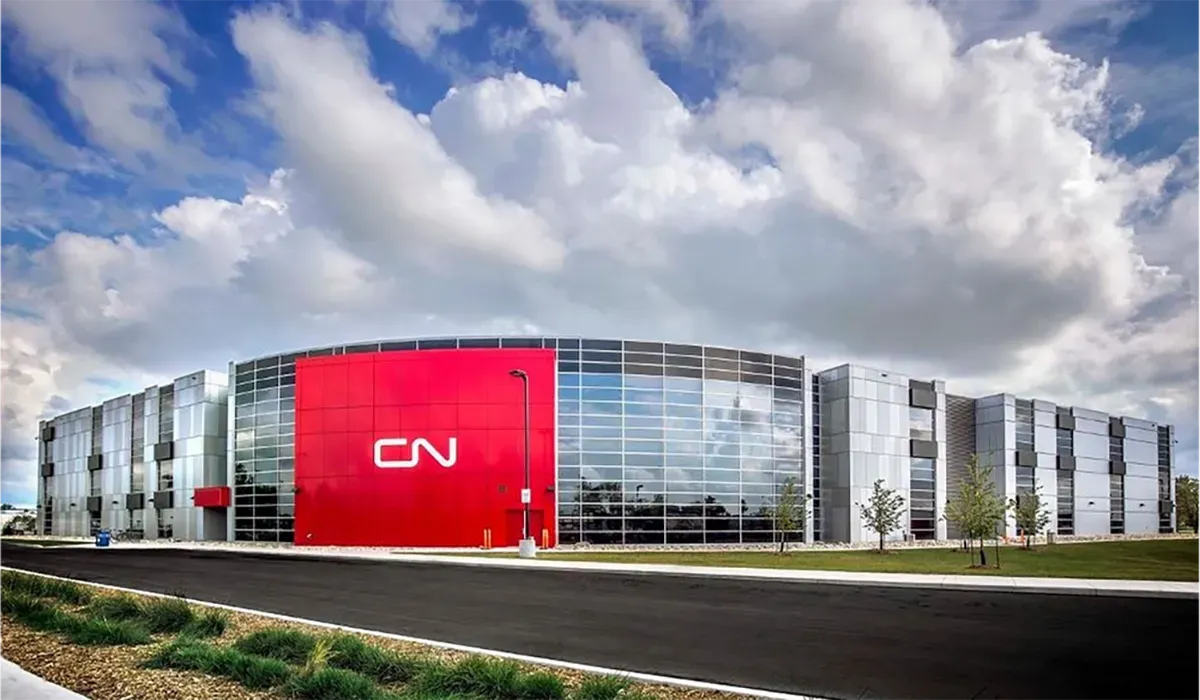
FOUNDING HISTORY & ORGANIZATIONAL STRUCTURE
CN was founded in 1919 by the Canadian government as a Crown corporation to consolidate several financially troubled railways and ensure reliable national rail service. Over the years, CN absorbed major lines such as the Grand Trunk Pacific and the Canadian Northern Railway, and in 1995, it was privatized, marking a significant shift in its corporate structure..
HEADQUARTERS & OPERATIONAL BASES
The company’s headquarters is located at 935 de La Gauchetière Street West, Montreal, Quebec, H3B 2M9. This modern facility serves as the central hub for executive leadership, strategic planning, and network operations, supporting both Canadian and U.S.
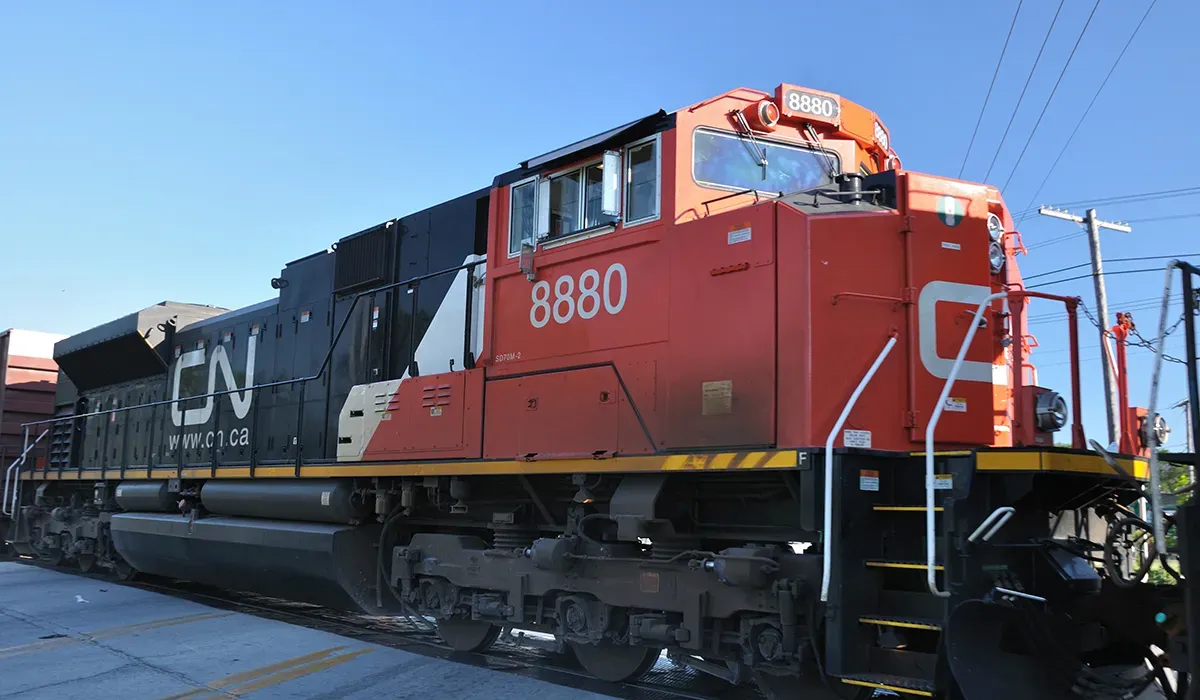
LEADERSHIP & EMPLOYEES
Tracy Robinson serves as CEO and President of Canadian National. The executive team includes Ghislain Houle as Executive Vice-President and Chief Financial Officer, who brings extensive experience in finance and operations, and Doug MacDonald as Executive Vice-President and Chief Marketing Officer, responsible for commercial strategy and customer engagement. The leadership team is rounded out by Michael Cory, Executive Vice-President and Chief Operating Officer, who oversees network performance and safety, and Janet Drysdale, Vice-President of Sustainability, who leads environmental and social responsibility initiatives.
Canadian National employs approximately 24,000 people, with about 18,000 serving as skilled craftspeople, maintenance workers, and service teams. The workforce is diverse, with a strong focus on safety, operational excellence, and inclusion across its Canadian and U.S. operations.
FACILITIES & OPERATIONS
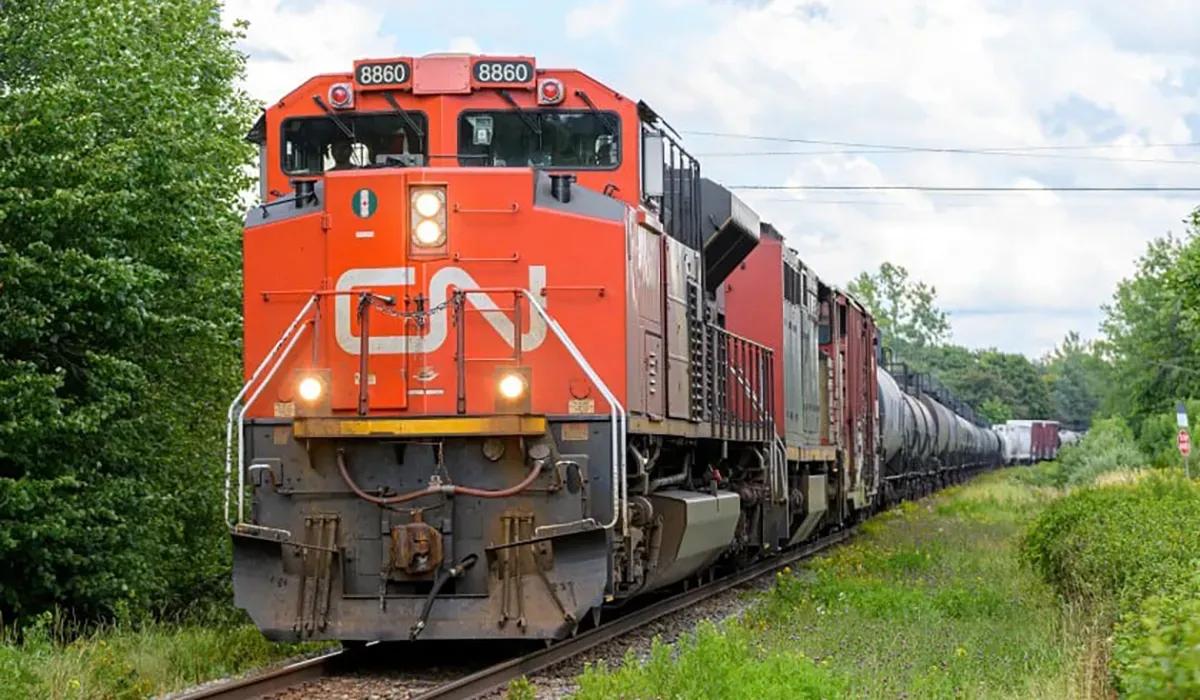
Major facilities include the MacMillan Yard in Vaughan, Ontario, which is the largest rail yard in Canada, and the Symington Yard in Winnipeg, Manitoba, a key classification hub for western operations. The Taschereau Yard in Montreal, Quebec, serves as a major intermodal and freight terminal, while the Prince Rupert and Vancouver, British Columbia, terminals provide critical access to Pacific shipping routes. In the United States, the Chicago Markham Yard in Illinois is a central interchange point, and the Memphis, Tennessee, terminal supports southern U.S. freight flows.
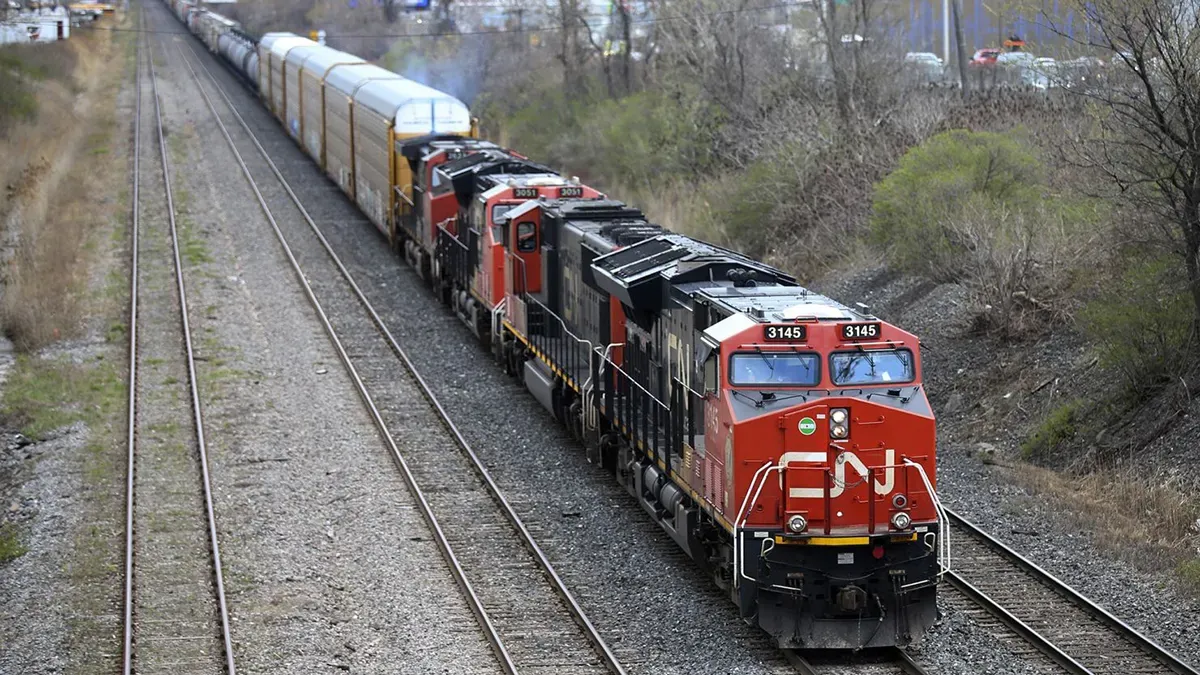
CN holds ISO 14001 environmental certification for its environmental management systems and has received multiple safety awards from industry associations. The company is fully compliant with Federal Railroad Administration (FRA) regulations in the United States and adheres to Transport Canada safety standards.
EQUIPMENT & INFRASTRUCTURE
The railroad handles a wide variety of container types, including standard intermodal containers up to 53 feet in length, boxcars for general freight, and tank cars for liquids and chemicals, with capacities ranging from 20,000 to 34,000 gallons for tank cars and up to 110 tons for boxcars.
CN utilizes advanced technology platforms for real-time shipment tracking, automated dispatching, and predictive maintenance. The company offers a customer portal for shipment management, an API Center for integration with customer systems, and employs automation technologies such as automated obstacle scanners and remote monitoring at key terminals.
The geographic scope of CN’s network covers all Canadian provinces except Prince Edward Island and Newfoundland and Labrador, and extends into sixteen U.S. states, including Illinois, Michigan, Minnesota, Wisconsin, Louisiana, and Mississippi. The network’s key corridors connect the ports of Vancouver and Prince Rupert in the west, Halifax in the east, and New Orleans in the south, totaling approximately 20,000 route miles.
Strategic partnerships include alliances with major railroads such as Union Pacific, BNSF, and CSX, as well as collaborations with global shipping lines and logistics providers to facilitate seamless cross-border and intermodal transportation.

FINANCIAL METRICS & STABILITY
In 2024, Canadian National reported a pre-tax profit of C$5.2 billion on revenues of C$17.1 billion. The company’s operating ratio improved to 60.1 percent, reflecting enhanced operational efficiency.
Recent capital investments include a C$3.4 billion allocation in 2025 for maintenance, infrastructure upgrades, and rolling stock, with more than C$2.9 billion dedicated to network improvements across Canada and the United States. In January 2025, CN completed the acquisition of the Iowa Northern Railway, expanding its Midwest U.S. footprint.
SERVICE PORTFOLIO

Canadian National offers a range of logistics services, including full container load (FCL) and less than container load (LCL) shipments. Additional services include customs brokerage, trade compliance consulting, cargo insurance, warehousing, and supply chain optimization, providing customers with end-to-end transportation solutions.

CN has launched a new customer portal to enhance self-service capabilities and improve day-to-day activities for its clients. Additionally, the company offers an API Center to facilitate seamless integration with customer systems, supporting digital transformation and real-time data access.
INDUSTRY REPUTATION & NEWS
Recently, CN has focused on enhancing operational efficiency and service quality by implementing automated obstacle scanners at its hubs and loading parks. The company is also investing in capacity-building projects in Western Canada and upgrading key U.S. terminals to support growing freight volumes.
CN’s Site Certification Program has identified optimal rail-served sites and conducts in-depth reviews to ensure readiness for development. This program aims to minimize development risks for customers and enhance supply chain efficiency, and the company has received recognition for its environmental and safety leadership.
ANALYSIS & FUTURE OUTLOOK